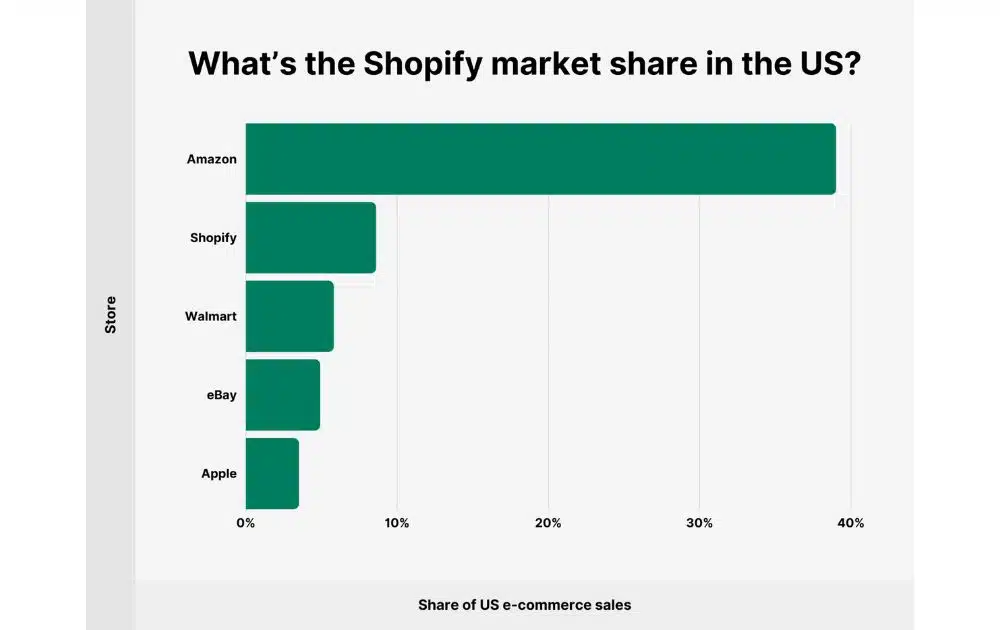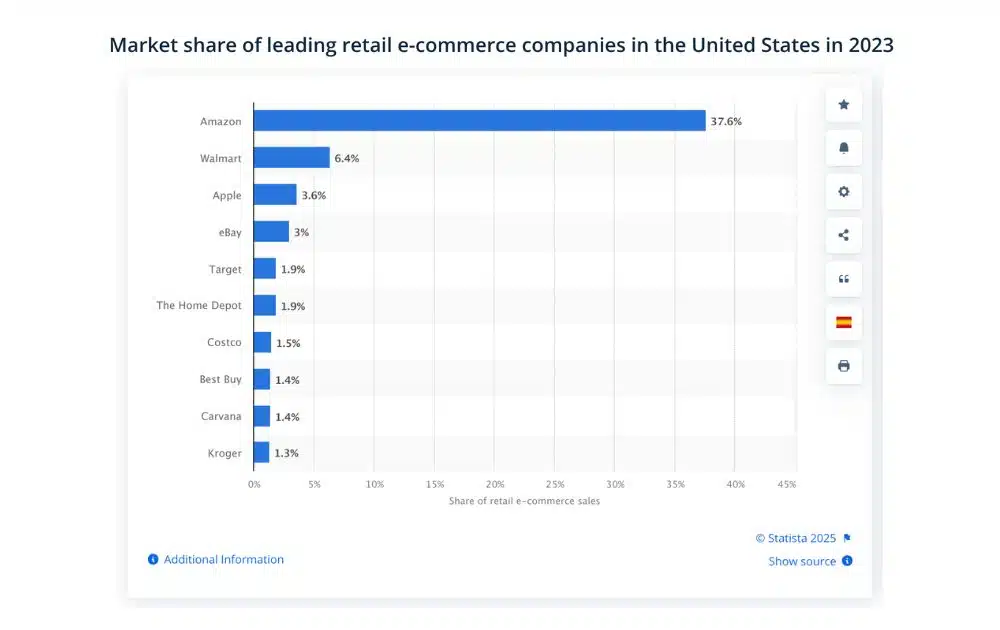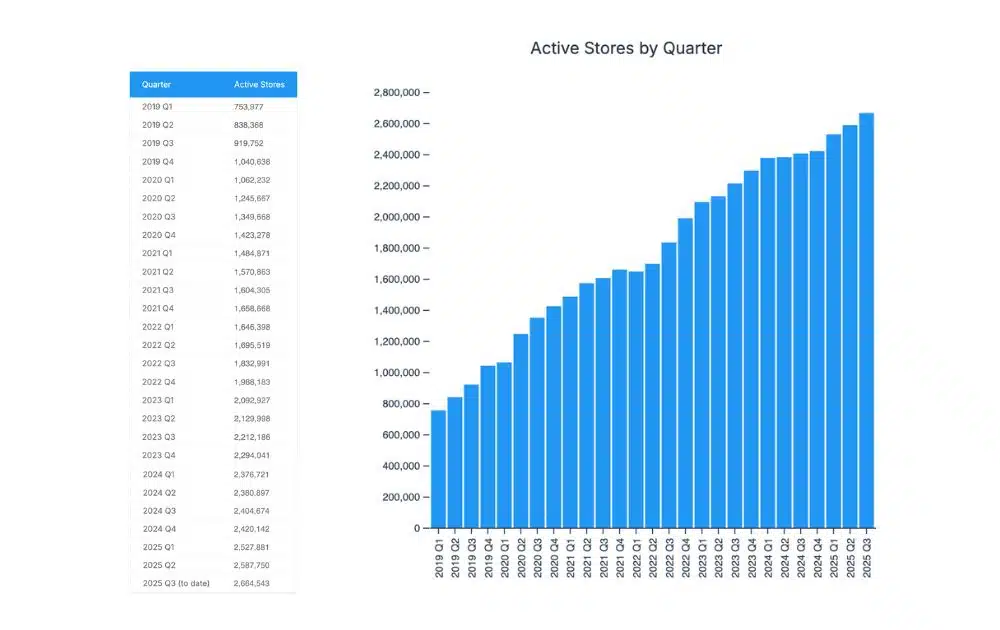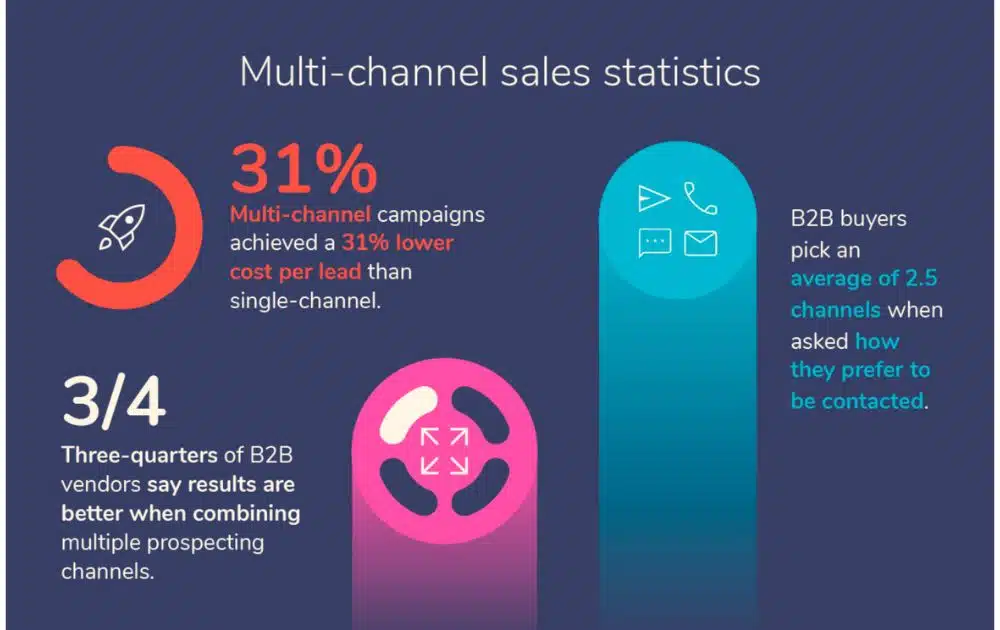Shopify vs Amazon Breakdown for Sellers
Shopify vs Amazon is one of the key choices eCommerce sellers face. Amazon still dominates with roughly 38% of U.S. e-commerce sales, but Shopify has carved out a significant foothold, capturing 8.6% of the market―placing it ahead of Walmart and eBay.

This shift shows that sellers aren’t just flocking to Amazon; they’re also investing in the independence and flexibility that Shopify offers. The decision isn’t simply about where to sell. It’s about whether you want instant exposure on Amazon or full brand control with Shopify.
The Core Difference
At first glance, Shopify vs Amazon might look like a straightforward rivalry, but they operate on two very different models:
Amazon is a Marketplace
Selling on Amazon means you’re essentially renting space on the busiest digital shopping mall in the world. In other words:
- Products sit alongside thousands of others
- You gain access to millions of ready-to-buy shoppers
- You face heavy competition
- You can’t fully control your brand’s presentation
Shopify is an eCommerce platform
Selling on Shopify means you’re building your own store from the ground up. Using Shopify means you can:
- Design your store’s look
- Manage the experience
- Own the customer relationship
Amazon’s spotlight is on convenience and quick buying. Shopify is about long-term growth and branding.
The trade-off? You don’t get instant traffic; you have to attract visitors through marketing, SEO, and social channels.
Related content: Selling on Walmart vs Amazon
Reach: Audience Size and Market Access
The Amazon vs Shopify debate highlights two very different strengths. Amazon’s reach is about volume or immediate access to millions of shoppers. Shopify’s reach is about growth and building loyal customers who recognize your brand.
Amazon still towers above its rivals, holding 37.6% of U.S. retail eCommerce sales in 2023. That’s more than five times Walmart’s 6.4% share and far ahead of eBay or Target.

With hundreds of millions of active buyers browsing the marketplace every month, Amazon offers instant visibility that few platforms can match. If day-one traffic is a priority, Amazon’s massive audience makes it the clear choice.
Shopify, however, is steadily carving its place, reaching 2.66 million live stores by Q3 2025―up 9% compared to the same period last year.

While traffic is not guaranteed, Shopify empowers merchants to build audiences through SEO, content marketing, and social media. It’s a slower path, but one that gives sellers independence instead of relying on a single marketplace’s rules.
The difference becomes even clearer when looking at fulfillment. Many sellers choose Shopify vs Amazon FBA depending on their goals:
- Through Amazon FBA, logistics are handled for you, and your items gain visibility with Prime subscribers.
- Shopify gives merchants the flexibility to choose their own fulfillment partners or even integrate with Amazon’s system.
Likewise, strategies like Amazon dropshipping show how sellers can tap into Amazon’s traffic without holding inventory, though it comes with limitations on control and profit margins.
Control: Data, Customers, and Business Growth
When comparing Shopify vs Amazon, one of the biggest differences is who really owns the customer relationship.
On Amazon, sellers can reach millions of buyers quickly, but they don’t control the experience. Customer data stays with Amazon, including:
- Email addresses
- Purchase history
- Browsing behavior
- Demographics
- Customer lifetime value
- Feedback and preferences
Selling through Amazon FBA vs Shopify also shows this trade-off clearly. With FBA, Amazon handles fulfillment and delivery, but it comes at the cost of brand visibility. Your product arrives in an Amazon-branded box, and buyers often remember the marketplace, not your store.
On Shopify, meanwhile, every interaction is yours to shape. You control packaging, checkout and post-purchase emails. You not only get the sale, but you also get the chance to turn that customer into a long-term advocate.
Since Shopify gives you direct access to customer insights, you’re able to:
- Build loyalty programs
- Retarget shoppers
- Nurture repeat buyers
This is why many entrepreneurs see Shopify vs Amazon as a choice between quick transactions and sustainable growth. Amazon may give you sales today, but Shopify gives you the tools to build a business that lasts.
The Costs of Selling on Amazon vs Shopify
When sellers compare selling on Shopify vs Amazon, the biggest shock often comes down to costs.
Amazon Fees
On Amazon, you pay a combination of the following:
- Referral fees (usually 8–15% of each sale)
- Fulfillment fees if you use FBA
- Monthly subscription fees if you’re on the Pro plan
That said, Amazon’s process is a model that favors volume. Growth means more income, but it also means higher costs. For high-ticket items, those percentages can eat into your margins fast.
That said, Amazon looks cheaper at first if you’re just testing products, but costs scale quickly as sales grow.
Shopify Fees
With Shopify, you basically pay:
- A monthly subscription fee (starting at $39 for the Basic plan)
- Extra transaction charges are added when you use third-party payment providers
Although Shopify’s monthly pricing is consistent, it doesn’t account for add-ons like:
- Premium themes
- Third-party apps
- Advanced integrations
Still, the key difference is that Shopify doesn’t take a slice of every sale the way Amazon does. Shopify requires an upfront investment. However, as Shopify store traffic and sales volume increase, many sellers find it more cost-effective in the long run.
Which Should You Choose?
At the end of the day, the Shopify vs Amazon debate isn’t about which platform is universally better, but about which one fits your goals.
|
Amazon Pros |
Amazon Cons |
|
|
|
Shopify Pros |
Shopify Cons |
|
|
Amazon offers speed, traffic, and convenience, while Shopify gives you ownership, flexibility, and long-term growth. Some sellers even use Amazon Shopify integration tools to combine both, capturing the marketplace audience while still nurturing a brand of their own.
Why Not Both?
For many sellers, the Shopify vs Amazon question doesn’t have to be an either/or decision. The most resilient businesses often use Amazon for instant visibility and Shopify for long-term brand building.
This hybrid, multi-channel approach lets you capture the best of both worlds: marketplace traffic plus full control over your own store.
Multi-channel campaigns reduce cost per lead by 31% compared to single-channel, and three-quarters of B2B vendors report better results when they combine multiple sales channels.

Buyers also expect variety, with B2B customers preferring to engage through an average of 2.5 channels. For eCommerce, this means putting your products in more than one place makes it harder to miss:
- By listing on Amazon, you’re meeting shoppers where they already are.
- By running a Shopify store, you’re building a lasting brand relationship.
If you need help maximizing sales across both platforms, reach out to AMZ Advisers. Our team specializes in helping ecommerce brands scale strategically, giving you an optimum opportunity for growth.
The Lowdown
The choice between Shopify vs Amazon comes down to what kind of business you want to build:
- When fast sales matter most, Amazon connects you with millions of ready buyers right away.
- If your goal is to own your brand and scale on your own terms, Shopify gives you the freedom and flexibility to do just that.
For most sellers, the smartest path isn’t choosing one over the other, but finding the right balance.
Amazon can fuel quick sales and traffic, while Shopify lays the foundation for long-term growth. Together, they can form a powerful multi-channel strategy that safeguards your business and expands your reach.
Author
 Carla Bauto Deña is a journalist and content writer producing stories for traditional and digital media. She believes in empowering small businesses with the help of innovative solutions, such as ecommerce, digital marketing, and data analytics.
Carla Bauto Deña is a journalist and content writer producing stories for traditional and digital media. She believes in empowering small businesses with the help of innovative solutions, such as ecommerce, digital marketing, and data analytics.
The post Shopify vs Amazon Breakdown for Sellers appeared first on AMZ Advisers.


